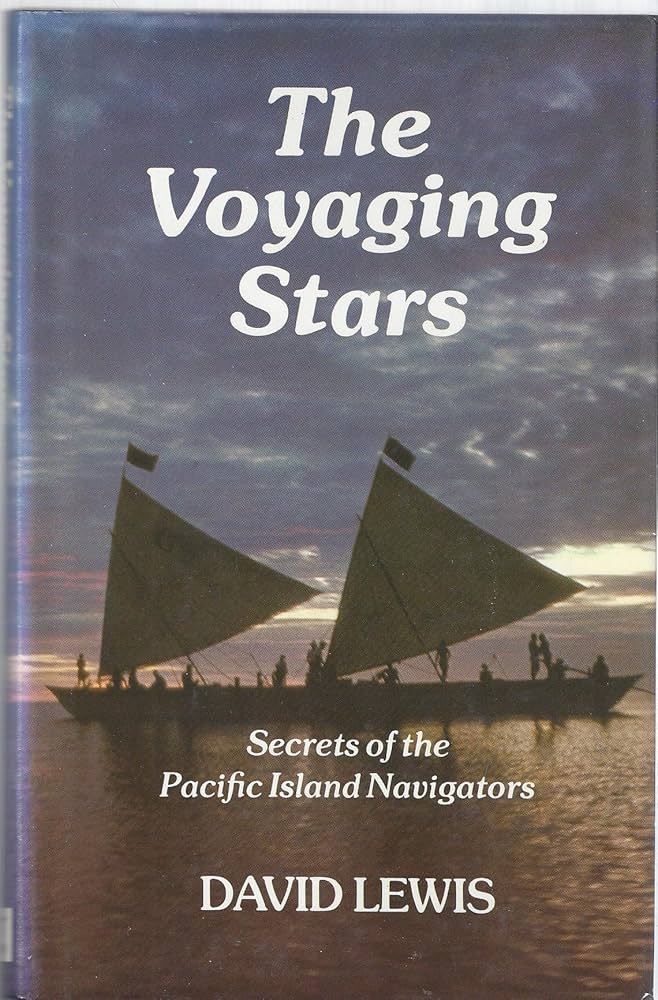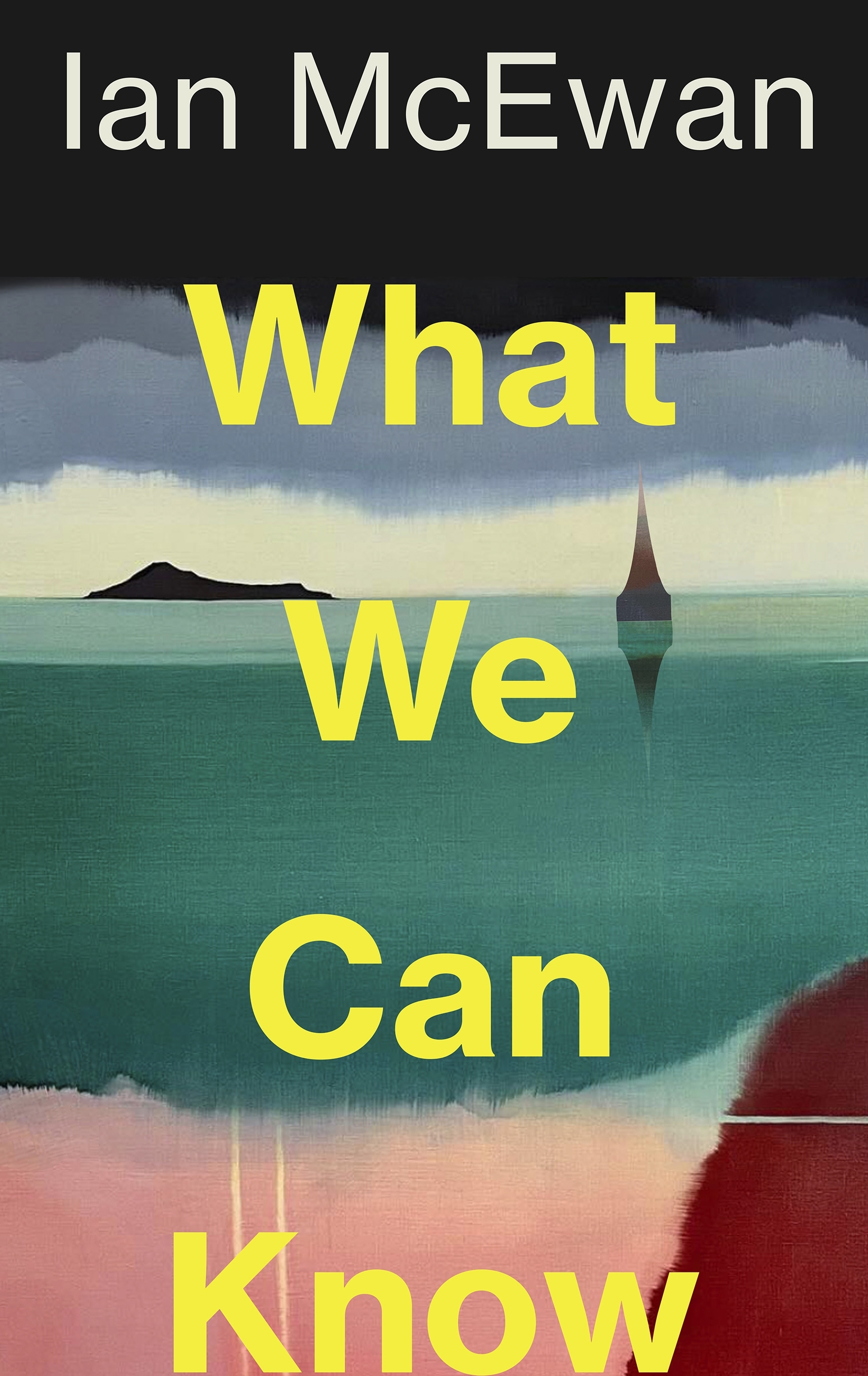The Voyaging Stars: Secrets of the Pacific Island navigators
Fontana / Collins, $4.95 pb, 208 pp
Wilderness of the Sea
The Voyaging Stars was first published in 1978, and already is a minor classic. Ever since Cook’s day it has been known that the Pacific Islanders, and especially the Polynesians, had a sophisticated system for long distance navigation, not employing the European aids of charts, sextants, chronometers and magnetic compasses – and yet remarkably effective. Cook himself used a Polynesian pilot from Tahiti to New Zealand. With the coming of European technology this traditional lore fell into abeyance. Fewer and fewer sons imbibed it from their fathers, and by the middle of this century it had almost died out. Unfortunately, it had never been scientifically investigated and had not been adequately recorded.
David Lewis, uniquely equipped for the task by his navigational qualifications and his Polynesian background, came to hear of certain very old men in the islands, still alive, who had retained these skills. With a grant from Australian National University, he researched the ancient Polynesian sealore the hard way: he took his ketch Isbjorn to the islands, removed radio and compass and all other modern navigational aids, and invited these aged navigators to pilot it, using traditional lore alone, through dangerous seas from one island to another. The result is an unsurpassed adventure story. Sailing through the islands without normal instruments, experimentally guided by an old man who may or may not be as expert as he himself believed – that is tilting with Fate, indeed. But the aged pilots passed every test. Without fail the destination island turned up at the right time every time; and it was triumphantly proved that the Polynesians could and did find their way without compass or other instruments to islands that were but specks in the wilderness of sea.
The remainder of the book is filled out with long conversations with old navigators in their island homes, or in their island boats, attempting to elucidate the secret of their methods. This didactic material lacks the glamour of the earlier chapters, and seems dull by comparison. Further, it is not very clear, for scattered conversation in direct speech is not the ideal medium for the transmission of technical matters. It is not as clear as the concise (and, in places, amended) exposition of the same subject in the author’s later book From Maui to Cook. However, the reader does learn that Polynesian navigation was primarily based on the stars (as the title of the book indicates), plus much subtle deduction from sea currents, winds, clouds, landseeking birds and other phenomena.
The Pacific method of navigation that evolved differs from those of other parts of the world because of the unique geography of the area. The typical Polynesian (or Micronesian) island is small and isolated, with only four or five other islands within sailing distance. The navigator therefore, because of their fewness in number, could memorize the complex star patterns which set the four or five required courses, and could learn to identify the particular stars which at their zeniths mark the latitudes of those four or five destination islands. In this they differed from the Portuguese pioneers in the Atlantic. Needing to navigate to innumerable points along a continental coast, the Portuguese had to develop a magnetic compass which could read all bearings; and had to evolve altura instruments which could read all latitudes. But neither Polynesian nor Portuguese could establish longitude at sea. Therefore both sought their destination points at the intersection of bearing sailed and latitude observed – the Portuguese fixing these by their instruments, the Polynesians by the stars.
The book offers a superbly written account of islands and peoples and customs in the South Seas, some review of the history and pre-history of the Pacific area, much delving into anthropology and folk-lore. But its heart is the stirring story of the adventures by which the theory of the voyaging stars was tested, and by which the theory was proved.








